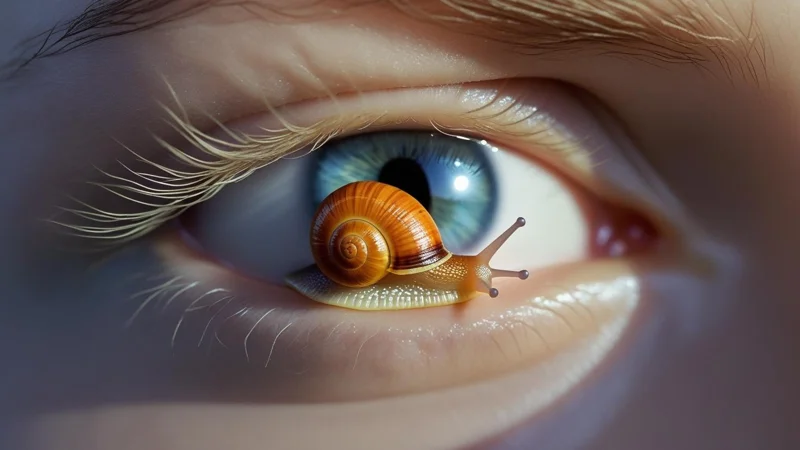Scientists discover clues to human eye regeneration in apple snails
A team of scientists has identified potential keys to human eye regeneration by studying the apple snail Pomacea canaliculata, which inhabits rice paddies and can regrow damaged or lost eyes within a month, reports a Kazinform News Agency correspondent.

Professor Alice Accorsi's team at the UC Davis confirmed that the apple snail, Pomacea canaliculata, and human eyes share anatomical and genetic characteristics. Their findings, published in Nature Communications, suggest that this snail could be a useful model for studying eye regeneration.
“We confirmed that Pomacea canaliculata and human eyes share anatomical structures and genetic characteristics,” Accorsi stated. “By revealing the remarkable eye regeneration ability of Pomacea canaliculata, we can gain insight into understanding human eye damage and even potentially propose new methods for treatment or regeneration of human eyes.”
The mollusk, native to South America, has camera-like eyes similar to those of humans, octopuses, and squids. In regeneration, undifferentiated cells move to the injury site, forming the cornea, lens, retina, and optic nerve within 15 days. However, full functionality requires several more weeks.
Genetic analysis revealed that 9,000 genes change activity after injury, with 1,175 still active 28 days later. Using CRISPR/Cas9 gene-editing technology, researchers identified the pax6 gene as essential for initial eye development. “If both copies of the pax6 gene do not function normally, the eye does not develop in the embryo,” Accorsi explained.
The team is now testing whether pax6 is also required for regeneration, alongside other genes responsible for specific eye structures. Accorsi noted that apple snails are ideal research subjects due to their rapid reproduction and laboratory adaptability.
“If we discover a gene group crucial for eye regeneration and these genes also exist in vertebrates, theoretically, it would be possible to activate those genes to regenerate human eyes,” she concluded.
Earlier, it was reported that an American scientist has made a significant breakthrough in understanding how axolotls - Mexican salamanders famous for their regenerative abilities - regrow limbs and organs.

